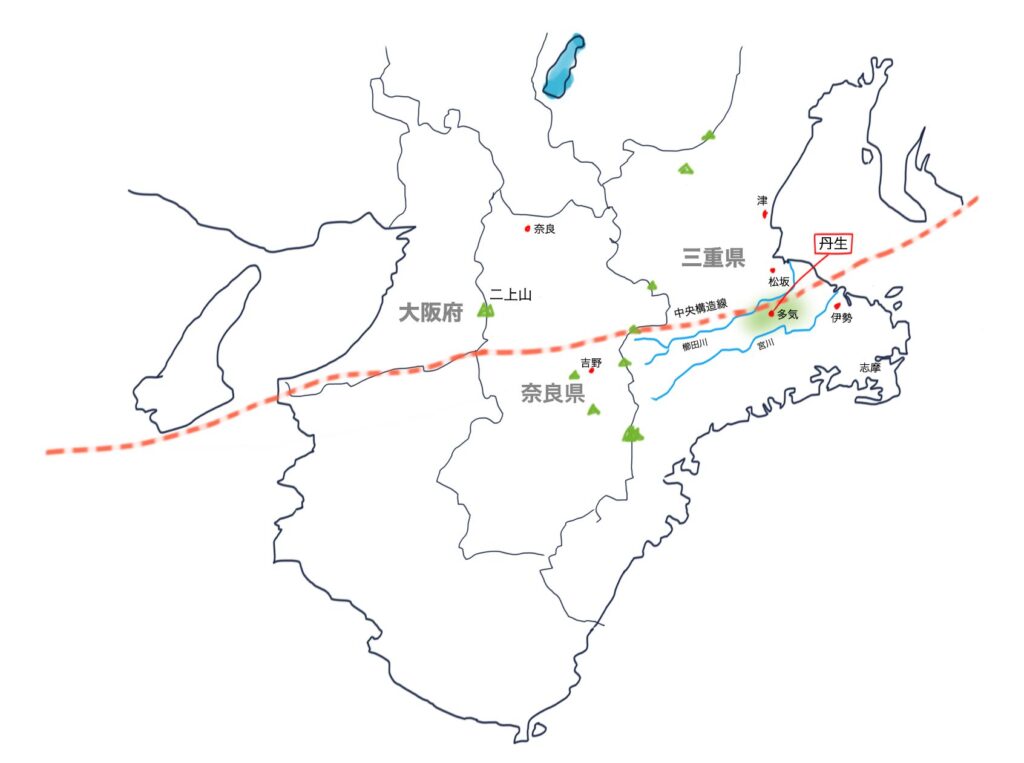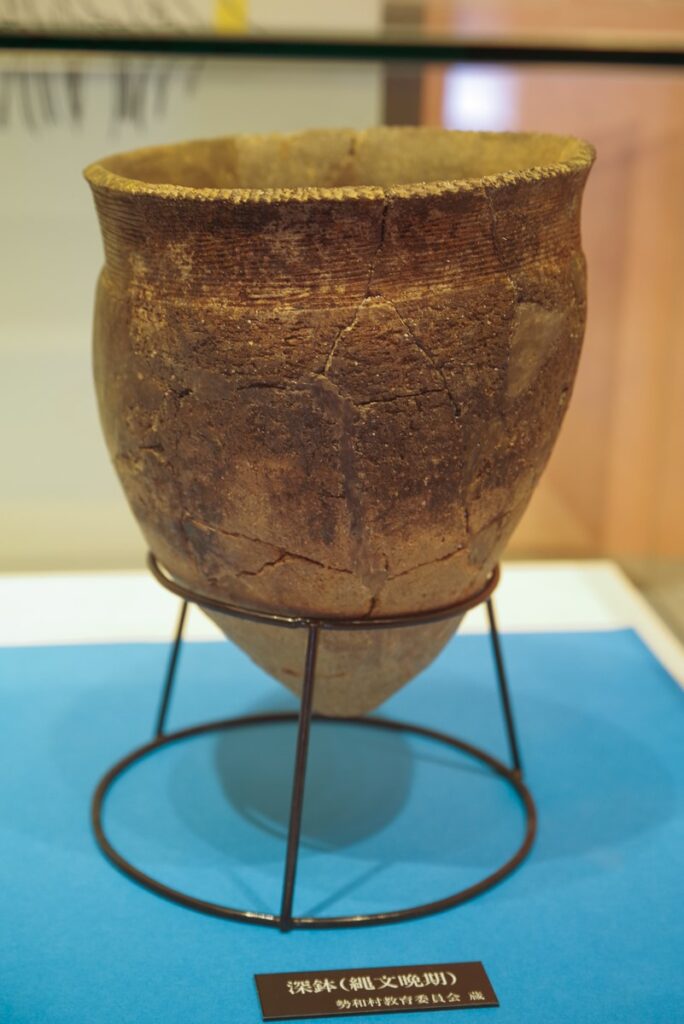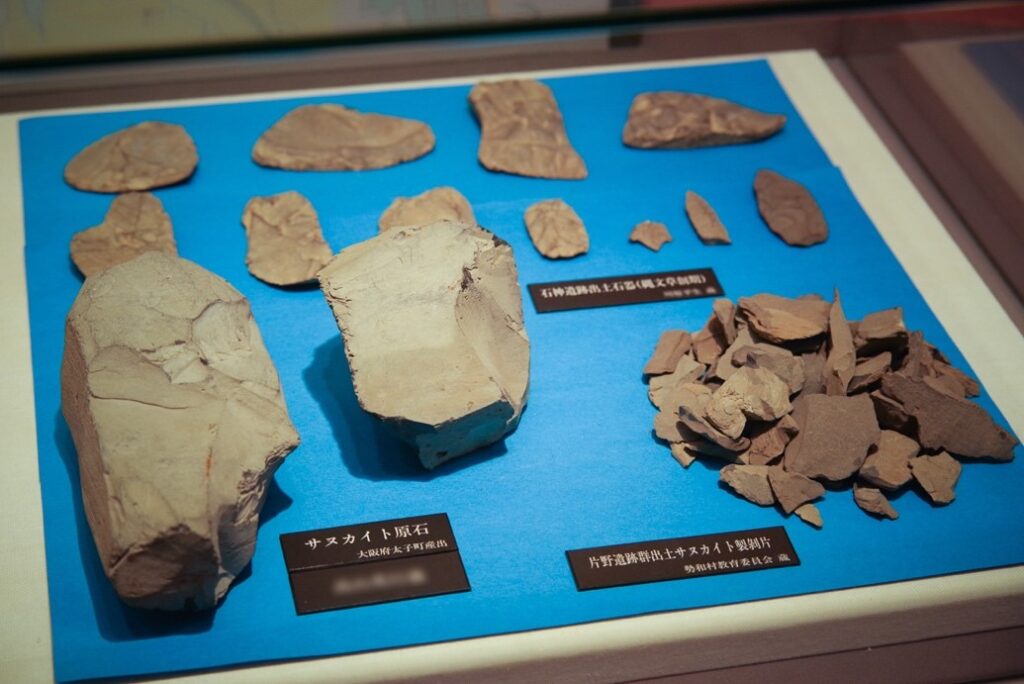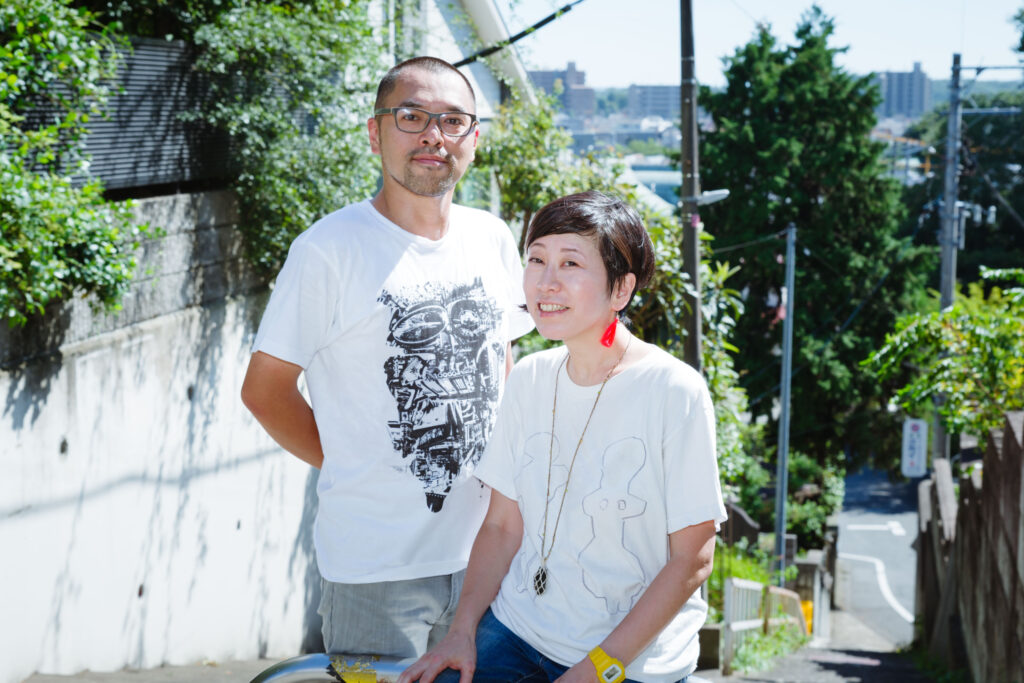- JAPANESE
- LANGUAGE
X
 THAT IS GOOD
THAT IS GOOD

In mid-March, we had a business trip to the Ise/Shima area and decided to extend our stay until Saturday and Sunday to explore the Jomon culture of this area.
We enjoy taking advantage of any opportunity to visit Jomon sites, calling it a “tsuide-moude”. Most areas have Jomon sites, so we rent a car for a couple of days and tour the area. Of course, I pay my own way. We want to give back to the community by staying there, and we also want to contribute as much as possible to the number of visitors to our small museum. So the opportunity to travel on business is highly valuable to us. We are also grateful to our understanding clients.
Most municipalities have exhibition facilities that collect local history and folklore materials, and if all goes well, visitors will be able to see artifacts from the Jomon period. I say ” if all goes well ” because the Jomon period is not always covered. If you are in eastern Japan, where the population was large during the Jomon period, the probability of seeing pottery and other artifacts will be higher, but in contrast, if you are in western Japan, where the population is believed to have been small, the probability of seeing such artifacts will be lower. How about the Ise/Shima area?
A quick Internet search revealed that Matsusaka City, famous for its wagyu beef, has an important archaeological site called the Kayumi-Ijiri Ruins, where a clay figurine from the pioneer period was found, but other information was hard to find. Even if there is a special exhibition on Jomon, the exhibition site is closed on Saturdays and Sundays, and there is no place to go to see it. Naturally, facilities related to the Ise Jingu Shrine were prominent, and we thought about visiting the shrine, but the shrine was not a high priority for us.
Then, “Mie Prefecture has the Median Tectonic Line!” says Hirokawa, a geology buff, with a twinkle in his eye. The Median Tectonic Line is the longest fault line in Japan that was displaced by the subduction of oceanic plates around 100 million years ago, when the Japanese archipelago was on the Asian continent. Part of it runs from south of Lake Suwa in Nagano Prefecture all the way to Kyushu, and runs through the northern part of the Kii Peninsula. I was curious to see what the great fault looked like. So we rented a car in Ise City and headed for the town of Taki on the inland side of the peninsula.
The reason why Taki is so important is that when I searched for “Median Tectonic Line” on my smartphone’s map app, the outcrops in Taki Town were the first to appear. Also, when I searched for information, the only image of reconstructed earthenware that came up was one excavated in Taki Town. Therefore, I first visited the local museum in Taki Town with the hope that I might be able to see the Jomon here, but contrary to my expectations, I found only folk artifacts there.
When I asked the receptionist, he said apologetically, “We have a lot of Jomon artifacts out there, but they are all in storage. If we had a curator, we could show you around, but unfortunately, they are not available on Saturdays…” he said very apologetically.
However, it was not a waste of time to come here. On a rack near the entrance, I found a newsletter published by the museum that contained information on outcrops of the Median Tectonic Line. It even includes photos of the outcrops. Comparing it with the point on the map app, I found it to be the same place.
The place was located in a district called Niu in the town of Taki. The area was surrounded by forests, and although there was one tea factory, there was nothing else of note in the area. A 20-meter-high cliff was carved into a 100-meter-wide staircase. We often saw quarries of gravel and other materials along the way, so this may have once been a quarry as well.

The outcrop of the Median Tectonic Line was on the left edge of the stepped cliff. The outcrop was scratched by heavy machinery, and the slope was gouged out as if by fingernails, revealing a sloping stratum of blackish blue, white, and reddish brown. As we approached the outcrop, we saw that the rock was very fragile because it had once been under great pressure and was in a state of being broken into small pieces. Even though we carefully checked our footholds as we climbed, we found ourselves slipping and sliding in some places, making the climb extremely dangerous.
When I reached a stable place where I could stand and looked at the most prominent red streak-like formation, it was light brown in color and looked more like a blotch on the ground than a formation. When I touched it with my hand, it crumbled easily with the slightest force. It was also soft, as if it would turn to powder as soon as it was crushed in a mortar and pestle.
At that time, it occurred to me that this might be mercury vermilion, which is used as a raw material for red in western Japan. The reason was that its color was similar to that of the red color found in red-colored earthenware. I could not be sure, but if so, was it toxic?

Wanting to learn more about mercury and vermillion, we visited the local museum in the Seiwa district on the west side of Niu, which we learned was well versed in exhibiting minerals. But the first thing that greeted us there was a Jomon earthenware vessel.

It is a warped earthenware vessel with different bulges on the left and right sides. The mouth of the vessel was decorated with stripes and the rim was incised, but there were no other decorative elements. Nevertheless, I was delighted to see a Jomon-era vessel on display, and I stuck to the display case to take a closer look at it.
I think this simplicity is the earthenware of western Japan. In the later stages of the production of earthenware in western Japan, the pottery became more and more uncultured. The surface of earthenware in western Japan became more and more uncultured in the later stages, and the direction was toward the direction of smoothing and scraping the surface. As earthenware of the Yayoi period, which began in the west, had a smooth surface that was varied by coloring, the Yayoi sensibility had already begun to develop.
There was another exciting discovery. Taki Town has 60 Jomon sites, making it the most Jomon-dense area in Mie Prefecture. I had not expected much from my trip to Mie, but it seems that I unexpectedly came to the heart of the Jomon region.


On display in the exhibition room were actual stone plates and rubbing stones used to grind raw mercury vermilion. There were not many colored earthenware vessels or other artifacts, or perhaps only four pieces of earthenware fragments with a slight vermilion color remaining were on display. However, the vermilion color was vivid enough to be recognized even at a size of a few centimeters.
The mineral from which mercury vermilion is made is called “cinnabar”. The Chinese character “cinnabar” is said to be derived from Chenzhou in Hunan Province, China, a major production center of this mineral, and the pure, unadulterated form is called “丹”. In other words, 丹生(Niu), where the outcrop of the Median Tectonic Line was located, is “the place where cinnabar is born,” as its name implies.
Bengara and cinnabar have been used as red pigments since the Jomon period. Bengara, which has been used since the Old Stone Age, is a dark red color, while mercury vermilion, which is refined from cinnabar, is a bright vermilion color. Both are mixed with lacquer and glue and used to color ritual earthenware and ornamental combs, but vessels painted with cinnabar have a striking brightness.

For example, the lacquered earthenware (Late Jomon period) from Korekawa Nakai-eto, Hachinohe, Aomori Prefecture, was excavated with a layer of Hokkaido mercury vermilion overlaid on top of bengara lacquer. The vermilion color of these vessels is surprisingly brilliant, even after several thousand years of aging. This coloration must have endlessly fascinated the people of the Jomon period, who were obsessed with the color red.
However, compared to bengara, an iron oxide, cinnabar is not found everywhere. In addition to the aforementioned Hokkaido, cinnabar in the Japanese archipelago is produced only in areas along the Median Tectonic Line, such as Niu and the Yamato region of neighboring Nara Prefecture, where large amounts are produced. The rich reserves of mercury in Niu were called “Ise mercury” in ancient times and were offered to the emperor. In the Middle Ages, mining of cinnabar in Niu became more and more prosperous, and a specialized group called “Sui-ginza,” the only one in Japan specializing in mercury, was organized under the Imperial Court and the regents.
At that time, cinnabar (mercury vermilion) was used for lacquerware, vermillion ink, medicines, and plating to color the surface of Buddhist statues using refined mercury as a catalyst, and was a precious commodity not available to the general public. According to a newsletter given to me at the first local museum, cinnabar from this area was used in the reconstruction of the Great Buddha statue in Nara, which was destroyed by fire in the aftermath of the Genpei War. The man who donated the mercury for the repair of the Great Buddha was called Ohnaka Tomiuji, who was also a family member who succeeded to the position of Grand Shrine Chief and Priest of Ise Jingu Shrine. It is very interesting to note that the Ise Shrine was related to the mercury interests in Niu. More than I expected, the vermilion color of cinnabar and the power of alchemy had an influence on politics, religion, and economy in ancient and medieval times. Perhaps I should still visit the Ise Jingu Shrine…

In the next section, there was a display of rough sanukite (Sanuki stone) and stone tools made from them. When I saw them, I was surprised. Sanukite is the most representative stone tool of the Jomon period in western Japan, and I recall that three years ago, on a trip to the Oki Islands, I stopped by a museum in Nijo Mountain, the original home of sanukite, located on the border of Nara and Osaka prefectures. I was not aware of it because I was not familiar with the area, but when I crossed the mountain at the headwaters of the Kushida River that runs through Taki Town, there was Yoshino in Nara and the sanukite mountain lay ahead.
Sanukite is a sharp stone that began to be used as stone tools in the Paleolithic Age and spread to the Kinki region, Hokuriku, Tokai, and San-in region in the Jomon Period. It is dense and hard, and a good quality one sounds like a metallophone when struck. Until the advent of iron, it was stones with such a metallic sound that supported the hunter-gatherer culture of western Japan. Taki, which is somewhat close to Mt. Nijo, may have facilitated the entry of western culture along with sanukite. Above all, cinnabar can be obtained here. The valuable color of cinnabar makes it easy to barter for it, and people come from all over for the red color. This may be the reason why there are so many ruins from the Jomon period in Taki. If there are any traces left from that period, I would love to see them.
Incidentally, sanukite is another stone characteristically distributed along the Median Tectonic Line. Cinnabar and sanukite, as well as the triple Jomon journey, are connected to the Median Tectonic Line. Here, the earth’s plate activity and Jomon life are beautifully linked. We are traveling because we are fascinated by this dynamic connection between the earth and its people, which is difficult to see in modern life.
※By the way, cinnabar becomes toxic mercury when heated. Apparently, it is not so dangerous in its natural state.
Tomoko Kusakari : Text, Yoshiaki Hirokawa : Photo

nawa to yajiri
(it means “Rope and Arrowhead”)
A unit for exploring the Jomon by Tomoko Kusakari (writing) and Yoshiaki Hirokawa (photography).
In addition to working as members of the NPO Jomonism, they also travel around Japan visiting Jomon ruins, archaeological sites and local museums, exploring the prehistoric values that can be deciphered from the forms and environments of the Jomon.
http://nawatoyajiri.com